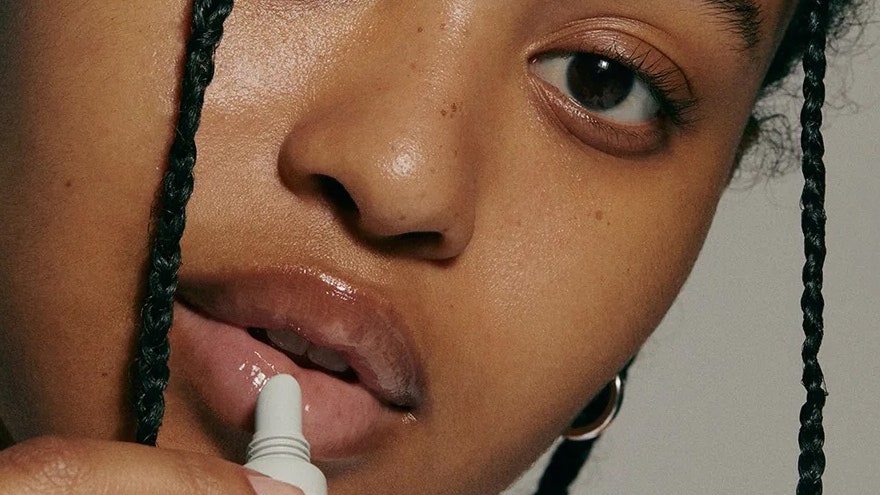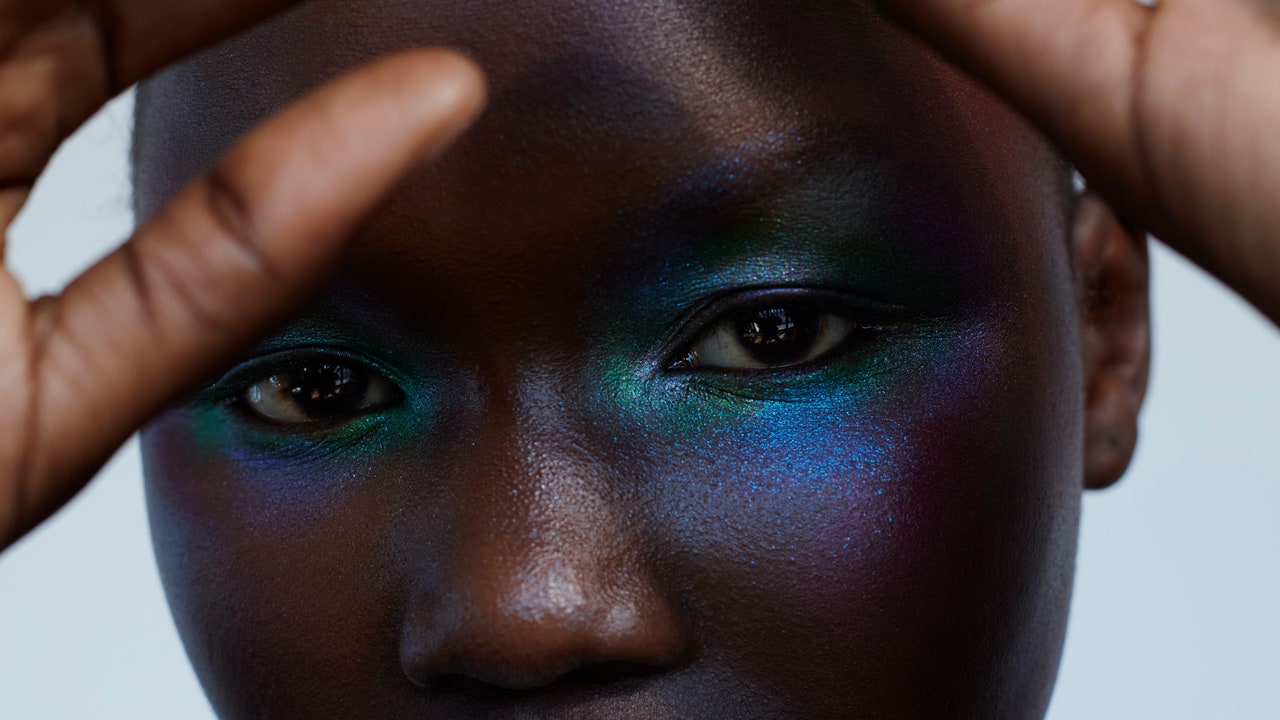- Key ingredients: Board-certified dermatologist, Dr. Pooja Rambhia advises looking for occlusive, emollient, and nourishing ingredients that help to lock in moisture and restore the skin’s natural barrier. She breaks down her top ingredients to consider when selecting a quality lip balm:
- Petrolatum: This powerful occlusive agent creates a protective barrier on the lips, preventing moisture loss.
- Beeswax: This natural emollient not only locks in moisture but also helps to soothe and protect dry, chapped lips.
- Ceramides: These are lipid molecules that help restore the skin’s protective barrier, reducing water loss and improving hydration.
- Shea Butter: A rich, nourishing ingredient that softens and moisturizes the lips while promoting healing.
- Hyaluronic Acid: A humectant that draws moisture into the skin, providing long-lasting hydration
- Finish: When it comes to lip finishes, it all depends on preference. Matte lips offer a sleek, velvety look with zero shine, whereas glossy ones impart high-shine, almost wet sheen. And for those who want a subtle balance, satin is the sweet spot—offering a soft, natural coat without the stickiness of gloss. For a glossy finish, Dr. Murphy-Rose is fond of Summer Fridays’s Lip Butter Balm (list above) thanks to its delicious smell and nourishing formula of shea butter and murumuru seed butter. For a satin finish, she recommends Aquaphor, as it’s a safe choice for most skin types, including the most sensitive.
- Consistency: Dr. Shirazi emphasizes the importance of consistency as a hallmark of a quality lip balm. “The consistency should help lock in moisture by reducing water loss, while the formula should support the skin barrier, nourish the mucosa, and be free of irritating substances.” This might come to fruition as an occlusive petroleum layer like Vaseline, a glossy sheen like Laneige, or a natural softness like Fresh’s lip balm.
- SPF: Dr. Shirazi believes a lip balm with an SPF is a bonus, as the lip mucosa is thin and more prone to sun damage from UV rays; she’d recommend one with zinc oxide, as it’s a “skin protectant [that] has anti-inflammatory properties.” Dr. Murphy-Rose agrees, explaining, “for those exposed to the sun, choosing a lip balm with broad-spectrum SPF 30 or higher is essential to protect against UV damage, which can worsen dryness and lead to long-term harm.”
How often should you apply lip balm?
“The frequency varies from person to person and depends on the climate,” says board-certified dermatologist Dr. Murphy-Rose says. “During dry winters, applying a lip balm every hour or more may be best.” Otherwise, Dr. Shirazi suggests twice daily—once in the morning, and again at bedtime.
Can some lip balms actually make your lips dryer in the long run?
“Lip balms with ingredients that irritate the lips or cause a sensitivity reaction can cause more dryness and peeling in the long run,” Dr. Shirazi explains. When in doubt, board-certified dermatologist Dr. Pooja Rambhia advises it’s best to keep it simple. “Aquaphor and Vaseline generally don’t exacerbate dryness. In fact, they work by creating a protective barrier to help lock in moisture and prevent further dehydration. The issue arises with lip balms containing fragrances, flavoring agents, or other irritating ingredients, which can disrupt the skin’s barrier and lead to more dryness over time,” Dr. Rambhia explains.
Dr. Murphy-Rose agrees, adding that you’ll want to avoid licking your lips as much as possible. “The problem is that the saliva is a skin irritant, which often worsens the problem and can cause ‘lip licker’s dermatitis,’” she continues. “Sometimes what looks and feels like dry skin is actually inflamed and irritated skin. It can be a true dermatitis.”
Meet the Experts
- Dr. Blair Murphy-Rose is a New York City–based board-certified dermatologist who specializes in facial rejuvenation techniques and noninvasive body contouring.
- Dr. Azadeh Shirazi is a California-based board-certified dermatologist specializing in medical, surgical, and cosmetic dermatology.
- Dr. Pooja Rambhia is a board-certified and fellowship-trained dermatologist practicing at Union Derm in New York City and Greenwich CT.




